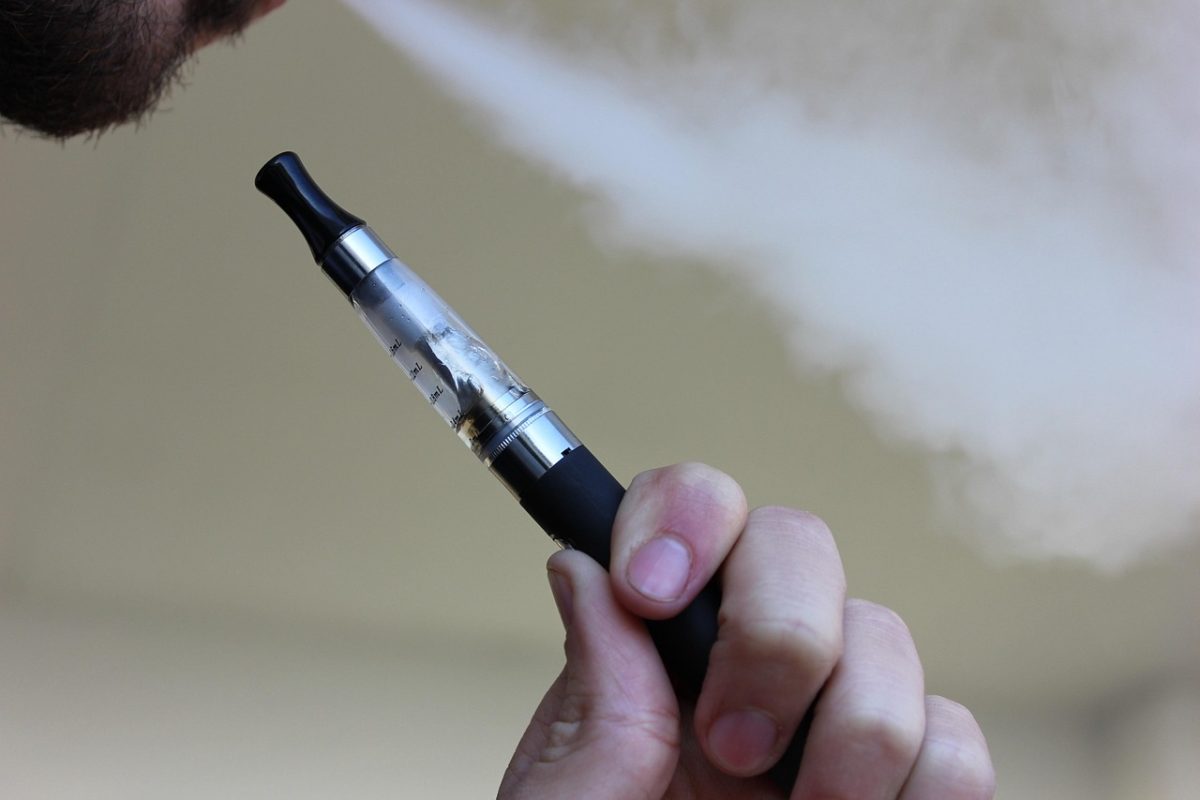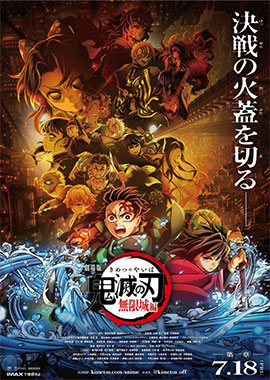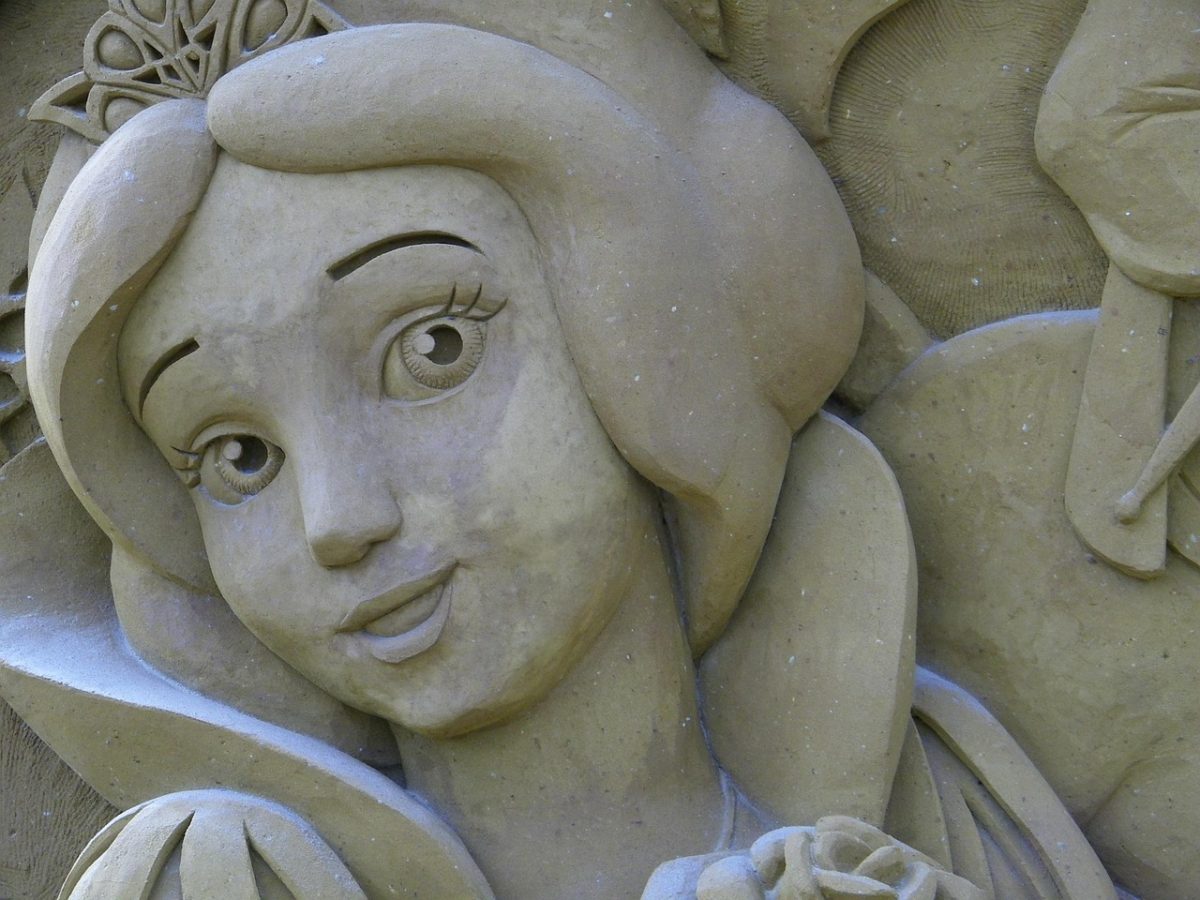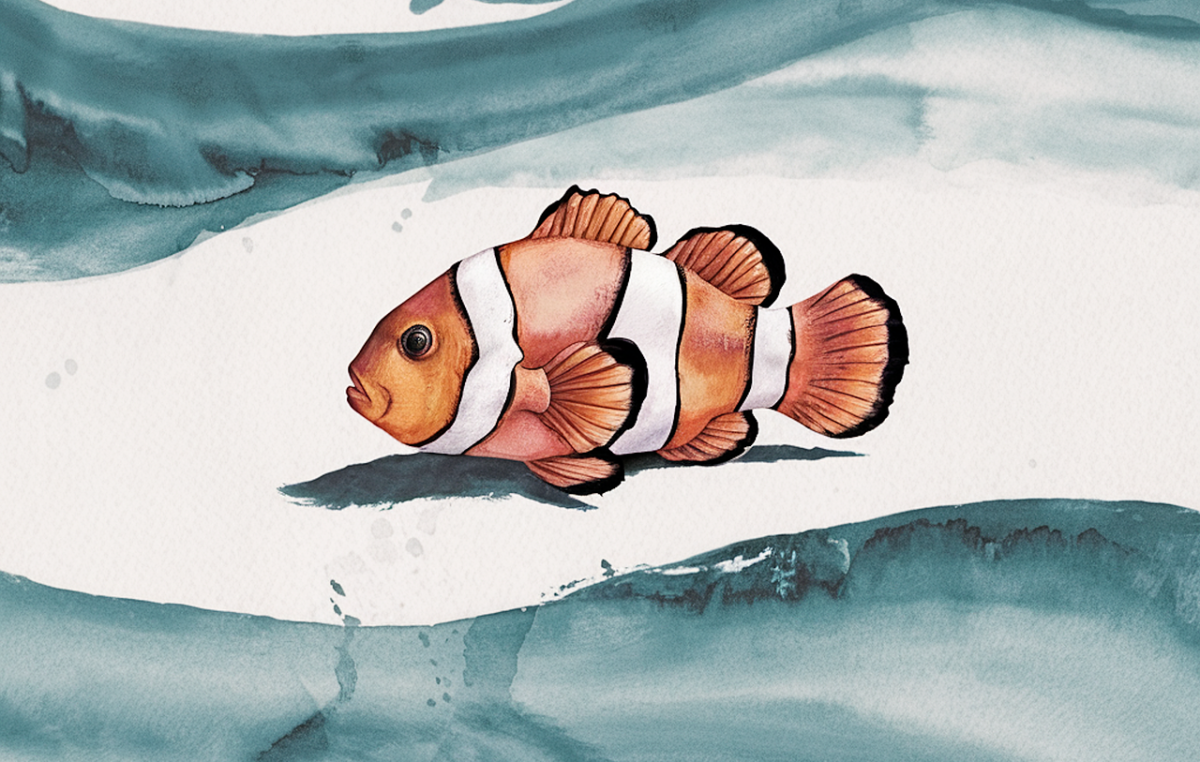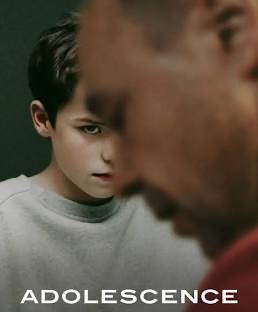In Gotham, what started as a regular story of a failing comedian, quickly turned to horror and bloodshed as Arthur Fleck accepts his transformation into the notorious “Joker.”
Joaquin Phoenix gives a great performance, being able to bring out the Joker’s emotions through extensive research on psychological conditions and social alienation and losing over 50 pounds to achieve the look. Phoenix’s dedication to his art allowed him to portray a character going from being a lonely, mentally ill comedian, to one of Batman’s most famous enemies. The movie shows Gotham as unforgivable, unfair, dark and broken which makes it the perfect place for Arthur to break down and become the Joker.
The main turning point in the movie is when Arthur lashes out and kills some rich kids in the subway after they harass him by poking fun at the fact that he was only some clown with a laughing disorder. They then proceed to start beating him up until he snaps and shoots them all. This is the moment he starts becoming the Joker.
After that, the city slowly starts to fall into chaos as protests erupt. People start wearing clown masks and rioting against the rich in the society. This shows that the movie isn’t just about the supervillain “Joker;” it’s about also a reflection on real life issues of how inequality, crime, and neglect can make someone snap. It shows how his environment assisted in the creation of the Joker.
My opinion on this movie is that it is very informative, and it helps inform people about real life problems like the neglect of one’s mental health and economic problems forcing people like Arthur to feel forced to get bad jobs. The movie makes the audience think about how society treats people who are struggling and brings out the question if ignoring them only makes problems worse.
The saying “The worst part of having a mental illness is people expect you to behave as if you don’t” emphasizes how society refuses to acknowledge the struggles of those with mental issues. Instead of understanding them, they try to get them to act “normal.”
In Arthur’s case, the lack of support worsened his condition. Arthur is shown reaching out for help many times throughout the film, whether through therapy, medicine, or connections, yet he gets ignored and pushed to the side.
Arthur’s exponential decline showed that he became the villain because of a build-up of neglect and lack of support. By the end, Arthur is more than just a comic book character, he is a reminder that we should take others’ mental health seriously.







